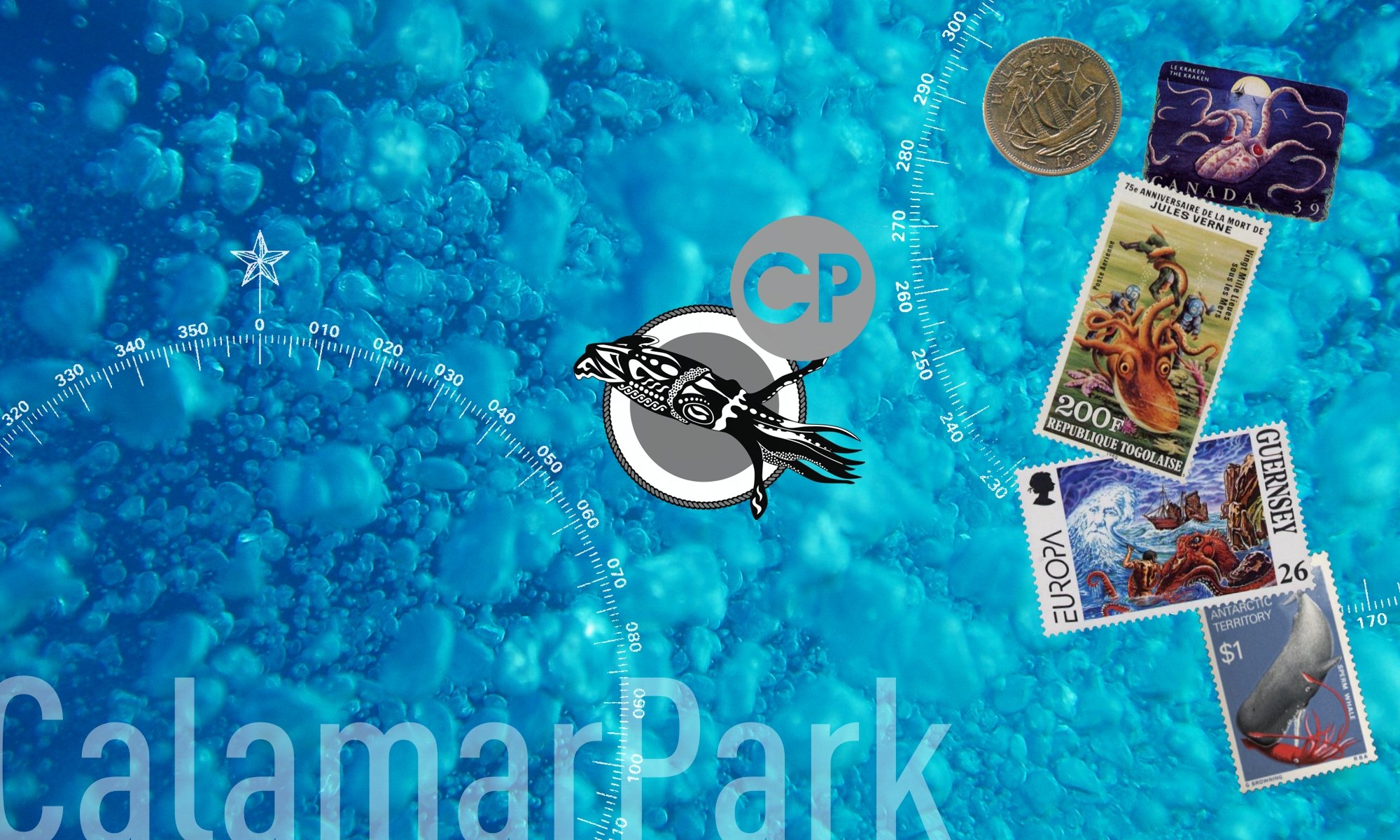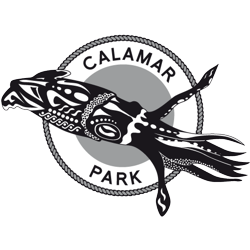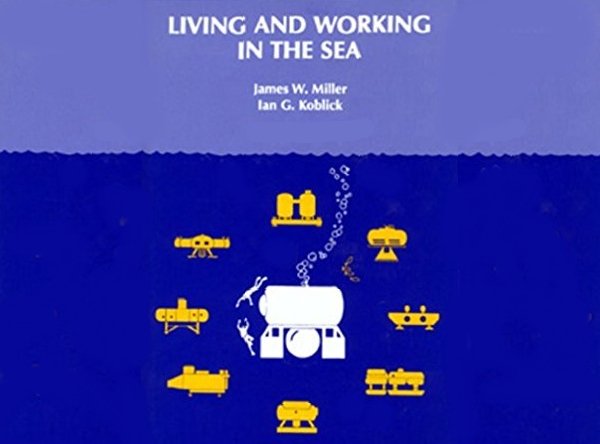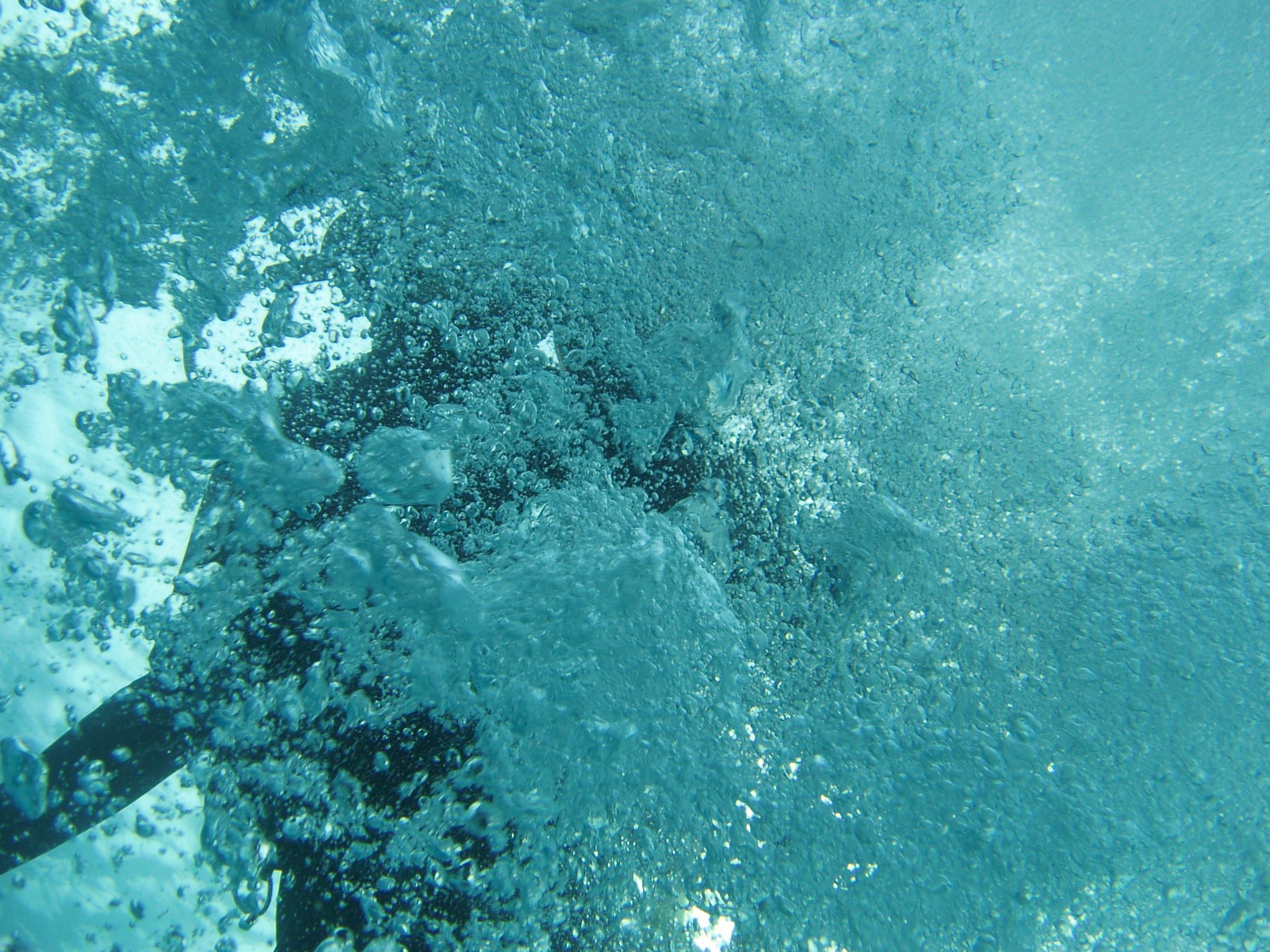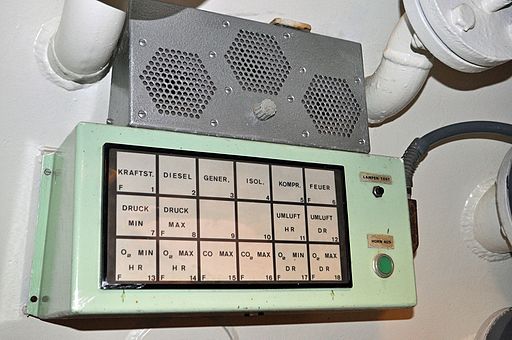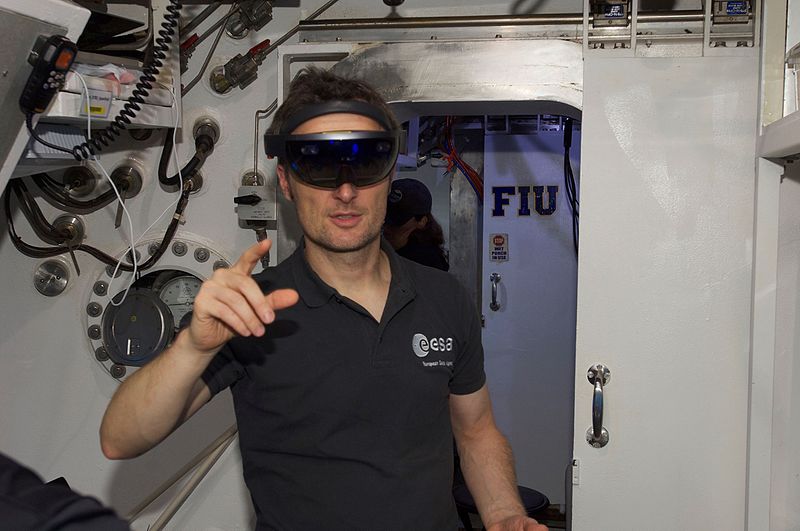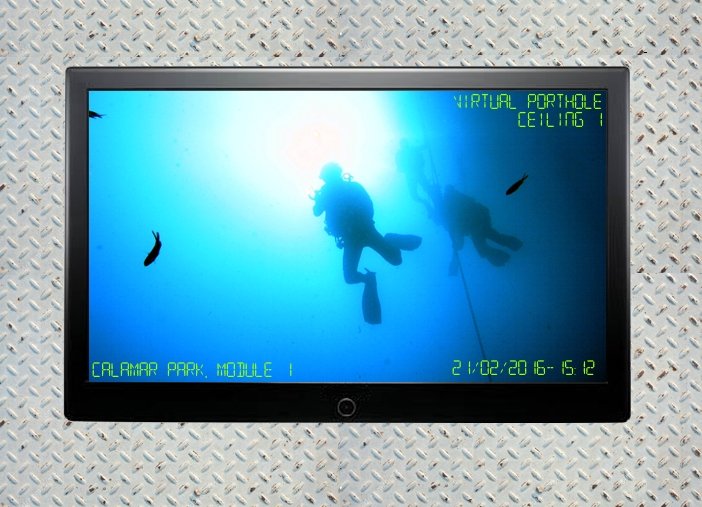![Water Supply: Image by James Petts from London, England (Stream of water) [CC BY-SA 2.0 (http://creativecommons.org/licenses/by-sa/2.0)], via Wikimedia Commons](https://calamarpark.com/wp-content/uploads/2016/10/Water.jpg) (Updated 04.04.2023: link concerning average need of water for a human being updated) Even though our station is surrounded by water we can not use it for most of our needs. Therefore for some demands we have to establish a sweet water supply. The easiest way is to bring sweet water from the shore and to fill corresponding tanks. Well, what kind of water do we need?
(Updated 04.04.2023: link concerning average need of water for a human being updated) Even though our station is surrounded by water we can not use it for most of our needs. Therefore for some demands we have to establish a sweet water supply. The easiest way is to bring sweet water from the shore and to fill corresponding tanks. Well, what kind of water do we need?
This chapter is divided into the following sections:
- Drinking Water Supply for Consumption
- Tap Water; rigid and flexible tanks
- Raw Water Supply
- Pressure Maintenance
Our extensive analysis and proposals are part of the design manual.
Image by James Petts from London, England (Stream of water) [CC BY-SA 2.0 (http://creativecommons.org/licenses/by-sa/2.0)], via Wikimedia Commons
